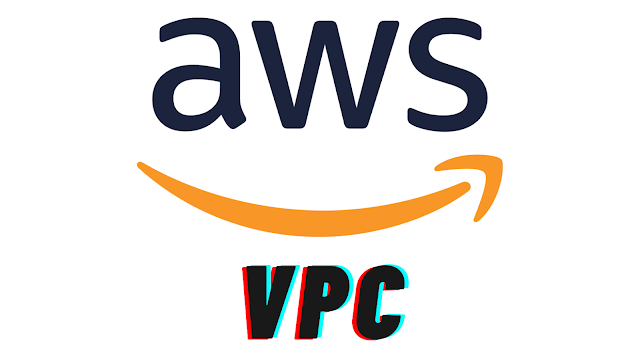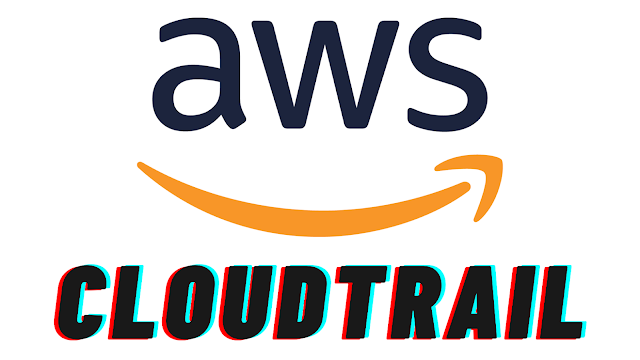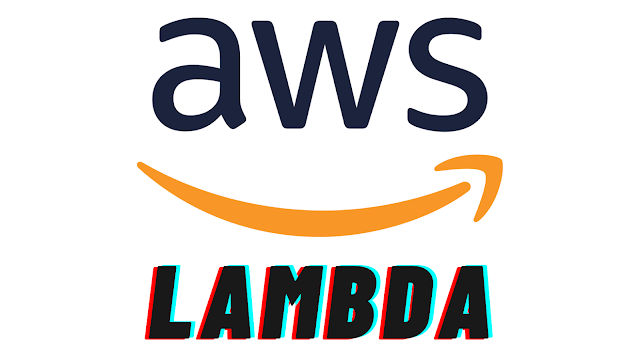AWS VPC: A Beginner’s Guide

Amazon Web Services (AWS) provides a powerful networking service called Amazon Virtual Private Cloud (VPC). In this blog post, we’ll delve into what VPC is, explore its functions, and provide practical examples to illustrate its capabilities. What is Amazon VPC? Amazon VPC is a virtual network dedicated to your AWS account. It allows you to create isolated network environments within the AWS cloud. Here are the key features of VPC: Custom IP Address Range: You can define your own IP address range for your VPC. Subnets: Divide your VPC into subnets to organize resources and control network traffic. Routing: Configure route tables to direct traffic between subnets and to external networks. Security Groups: Set up security rules to control inbound and outbound traffic. Connectivity Options: VPCs can be connected to the internet, other VPCs, or on-premises networks. Components of Amazon VPC 1. Subnet Function: A subnet is a defined range of IP addresses within your VPC. Purpose: Organize r...













